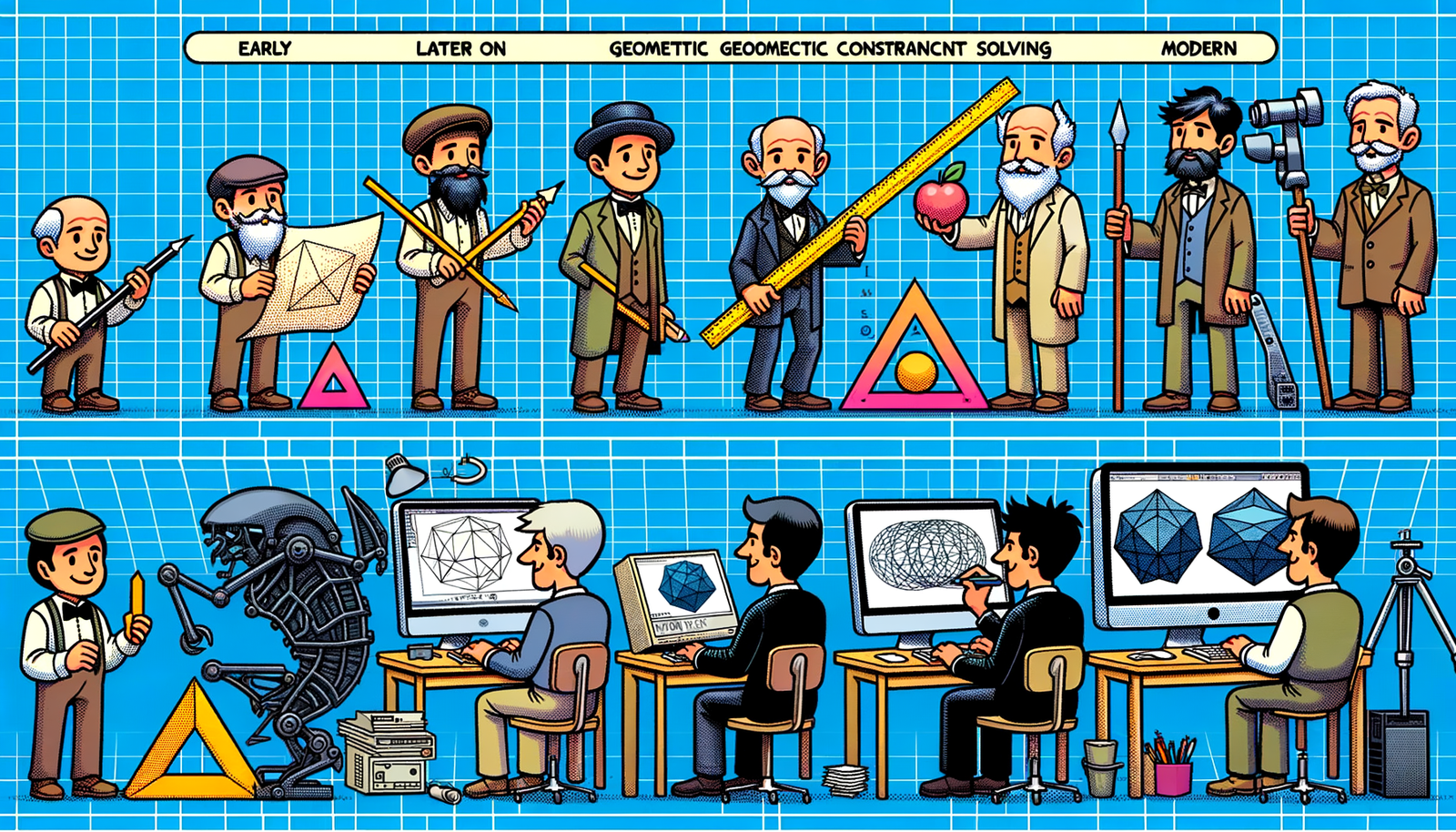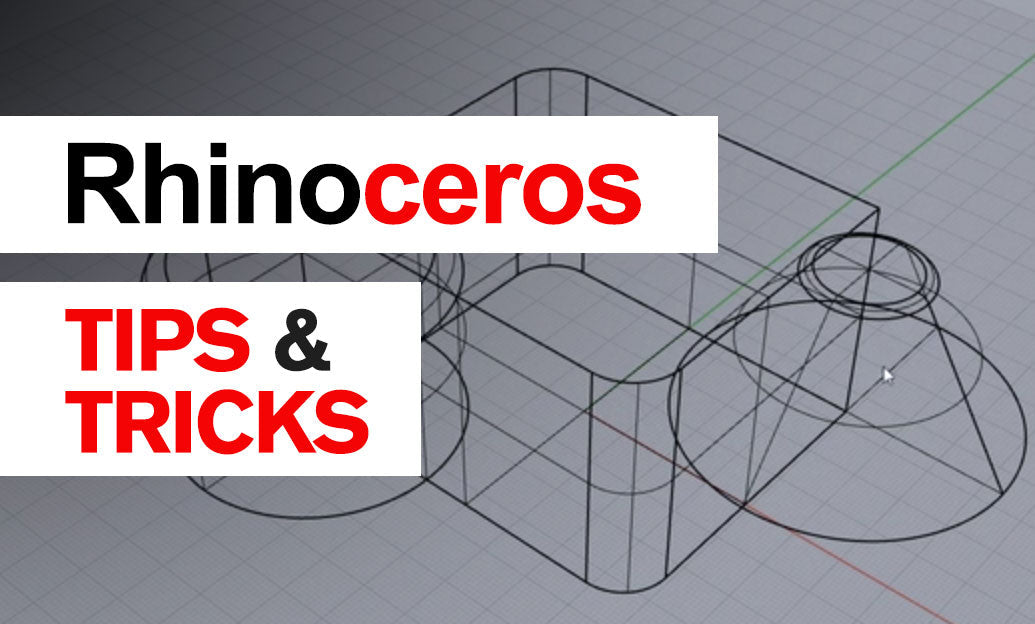Your Cart is Empty
Customer Testimonials
-
"Great customer service. The folks at Novedge were super helpful in navigating a somewhat complicated order including software upgrades and serial numbers in various stages of inactivity. They were friendly and helpful throughout the process.."
Ruben Ruckmark
"Quick & very helpful. We have been using Novedge for years and are very happy with their quick service when we need to make a purchase and excellent support resolving any issues."
Will Woodson
"Scott is the best. He reminds me about subscriptions dates, guides me in the correct direction for updates. He always responds promptly to me. He is literally the reason I continue to work with Novedge and will do so in the future."
Edward Mchugh
"Calvin Lok is “the man”. After my purchase of Sketchup 2021, he called me and provided step-by-step instructions to ease me through difficulties I was having with the setup of my new software."
Mike Borzage
Design Software History: Evolution of AR Art: From Adobe Flash to Advanced Design Software and Key Innovators
June 12, 2024 4 min read


Introduction to Augmented Reality (AR) Art
Defining AR Art
Augmented Reality (AR) art is an innovative and evolving art form that leverages technology to blend virtual elements with the physical world. Unlike traditional and digital art forms, AR art is characterized by its ability to overlay digital content onto the real environment, creating a seamless and interactive experience for viewers. This form of art not only transforms how we perceive art but also introduces new dimensions of interactivity and immersion. The importance of these two aspects—interactivity and immersion—cannot be overstated, as they are the cornerstone of AR art, allowing for a more engaging and dynamic experience that traditional art forms cannot offer.
Historical Context
The journey of AR art can be traced back to the early experiments with augmented reality technology. Early examples include simple installations and experimental projects that began to explore the potential of overlaying digital content onto physical spaces. These pioneering efforts laid the groundwork for what was to come, paving the way for more sophisticated and mainstream applications of AR in art. Key milestones such as the development of wearable AR devices and the integration of AR in mobile applications have significantly contributed to the growth and acceptance of AR art in the mainstream art world.
Evolution of Design Software for AR Art
Early Tools and Technologies
The early days of AR art were marked by the use of rudimentary tools and technologies. Initial software solutions like Adobe Flash and basic 3D modeling tools were the go-to options for artists looking to experiment with AR. However, these tools came with significant limitations. Adobe Flash, for instance, was primarily designed for web-based animations and lacked the robust capabilities required for creating immersive AR experiences. Similarly, early 3D modeling tools were not optimized for AR applications, making the creation process cumbersome and technically challenging for artists.
Key Innovations and Breakthroughs
The landscape of AR art began to change with the introduction of AR-specific design software. Platforms like Unity and Unreal Engine revolutionized the way artists could create and deploy AR experiences. Unity, developed by Unity Technologies, offered a versatile and user-friendly environment that made it easier for artists to bring their AR visions to life. Similarly, Unreal Engine, developed by Epic Games, provided high-quality graphics and advanced functionalities, making it a popular choice among AR artists. The impact of mobile technology cannot be overlooked, with the advent of AR platforms like ARKit by Apple and ARCore by Google further propelling the capabilities and reach of AR art.
Companies such as Google, Apple, and Microsoft have been pivotal in advancing AR software. Google's ARCore and Apple's ARKit have democratized AR development by providing accessible and powerful tools for creating AR experiences on mobile devices. Microsoft's HoloLens has also played a crucial role, offering a mixed reality platform that combines AR and virtual reality elements, pushing the boundaries of what is possible in AR art.
Notable Artists and Their Contributions
Pioneering Figures
The field of AR art has been shaped by several pioneering artists who have pushed the boundaries of what is possible with this technology. Keiichi Matsuda, an artist and designer known for his work in AR and mixed reality, has been instrumental in exploring the intersection of digital and physical spaces. His works often challenge viewers to rethink their relationship with technology and the built environment. Another notable figure is Tamiko Thiel, whose work in AR art has been showcased in numerous exhibitions around the world. Thiel's use of AR to create immersive and thought-provoking experiences has made her a prominent figure in the AR art community.
Collaborations and Community
Collaboration has been a significant driving force in the evolution of AR art. Collaborative projects and open-source platforms have allowed artists to share knowledge, tools, and resources, fostering a sense of community and innovation. Tech companies and academic institutions have also played a crucial role in supporting AR art through funding, research, and the development of new technologies. This collaborative ecosystem has enabled artists to experiment with new ideas and push the boundaries of AR art, leading to groundbreaking and innovative works.
The Future of AR Art and Design Software
Emerging Trends
The future of AR art is poised to be shaped by several emerging trends. One such trend is the integration of AI and machine learning in AR art creation. These technologies offer new possibilities for interactivity and personalization, allowing artists to create more dynamic and responsive experiences. Another significant trend is the rise of mixed reality, which combines elements of AR and virtual reality to create even more immersive and complex environments. This trend is expected to open up new avenues for artistic expression and innovation in the coming years.
Challenges and Opportunities
Despite the exciting possibilities, there are several challenges that AR artists must navigate. Technical challenges such as hardware limitations and software accessibility can hinder the creation and deployment of AR art. Additionally, there are creative challenges related to designing compelling and meaningful AR experiences that resonate with audiences. However, these challenges also present opportunities for innovation and growth. As technology continues to advance, we can expect new tools and platforms to emerge, making it easier for artists to create and share their AR art.
Looking ahead to the next decade, it is likely that AR art will continue to evolve and expand. Advancements in design software, coupled with improvements in hardware and connectivity, will enable more sophisticated and immersive AR experiences. This evolution will not only transform the art world but also change how we interact with both digital and physical spaces. The potential for AR art to create new forms of interaction and engagement is vast, and we are only beginning to scratch the surface of what is possible.
Conclusion
In summary, design software has played a transformative role in the evolution of AR art. From the early days of rudimentary tools to the sophisticated platforms available today, software has been at the heart of AR art creation. The contributions of pioneering artists, coupled with advancements in technology, have pushed the boundaries of what is possible in AR art. As we look to the future, the potential for AR art to change how we interact with the world around us is immense. The continued evolution of design software will undoubtedly play a crucial role in shaping this exciting and dynamic field.
Also in Design News

Bluebeam Tip: Maximize PDF Security and Efficiency with Bluebeam Revu's Flatten Tool
December 02, 2024 1 min read
Read More
Design Software History: Evolution and Impact of Geometric Constraint Solving in CAD History
December 02, 2024 2 min read
Read More
Rhino 3D Tip: Enhancing Scale Modeling Accuracy in Rhino 3D: Essential Tips for Designers and Engineers
December 02, 2024 2 min read
Read MoreSubscribe
Sign up to get the latest on sales, new releases and more …


